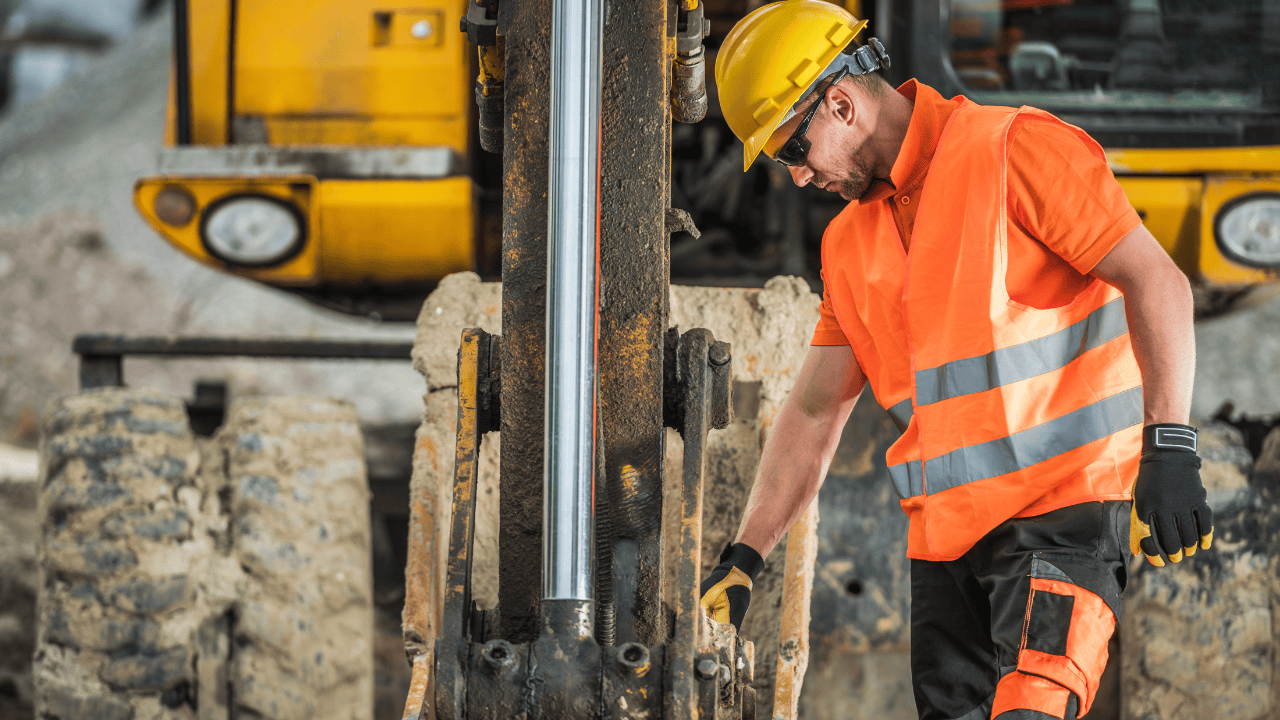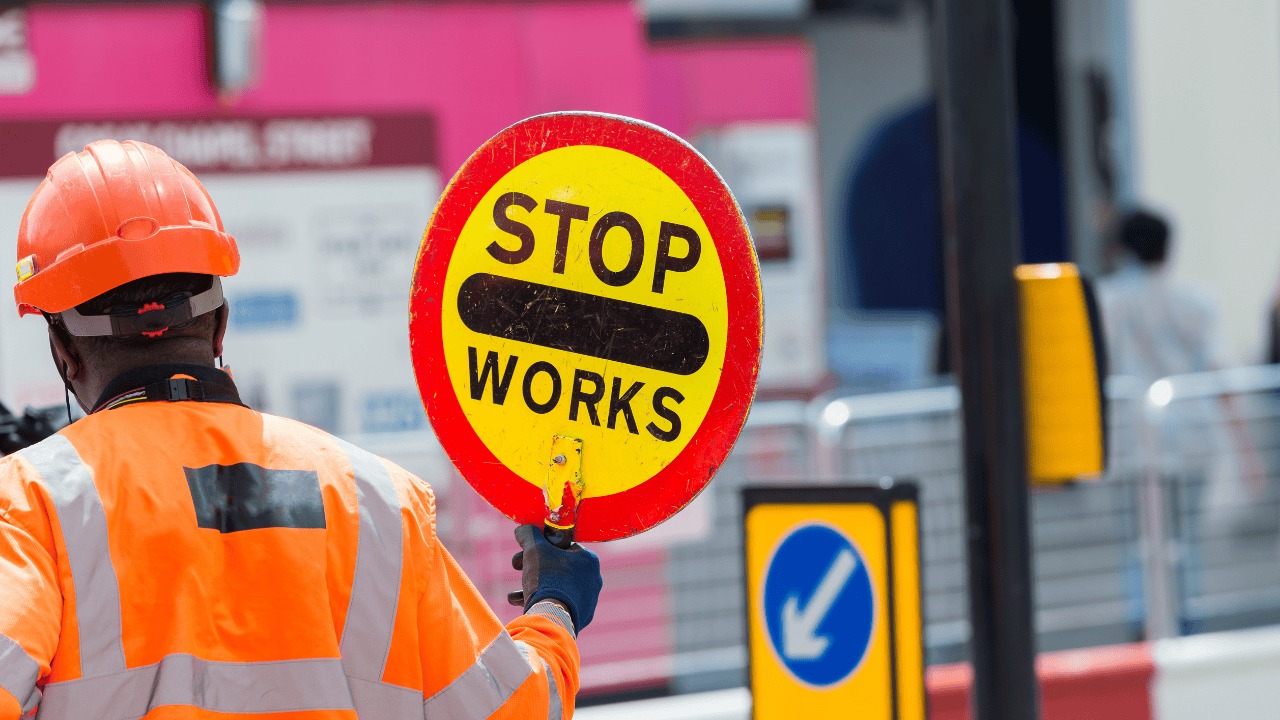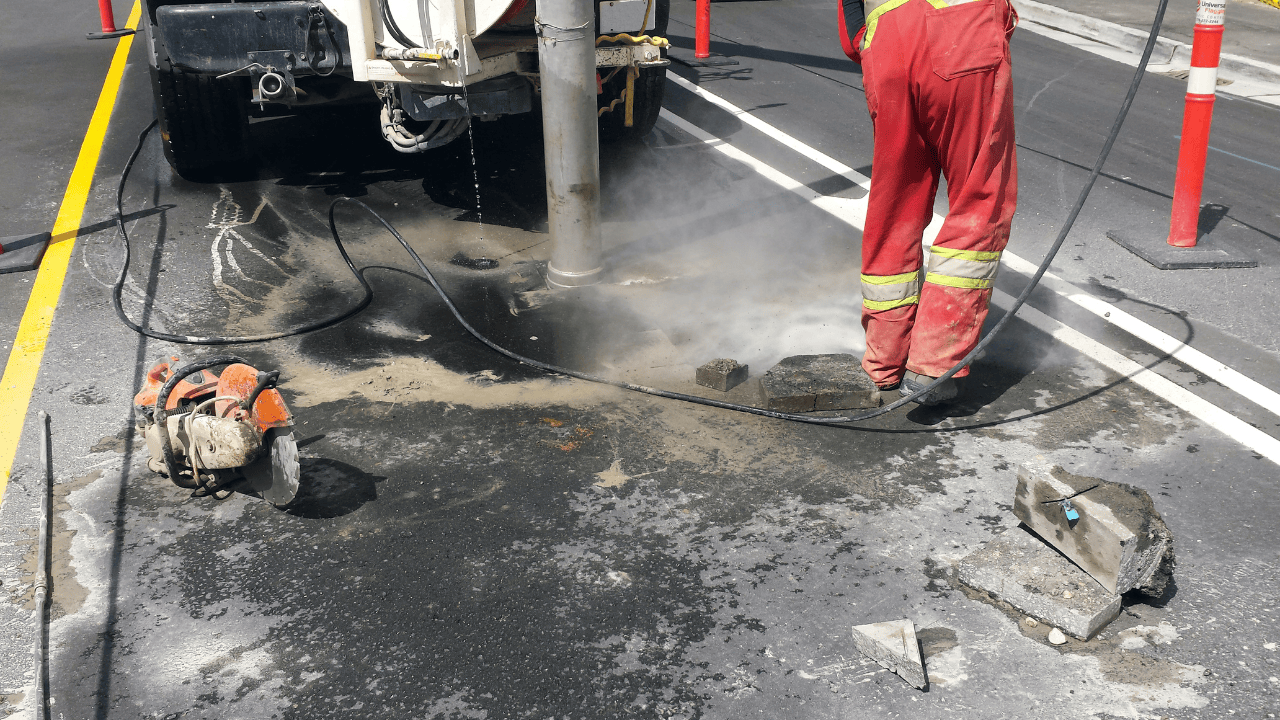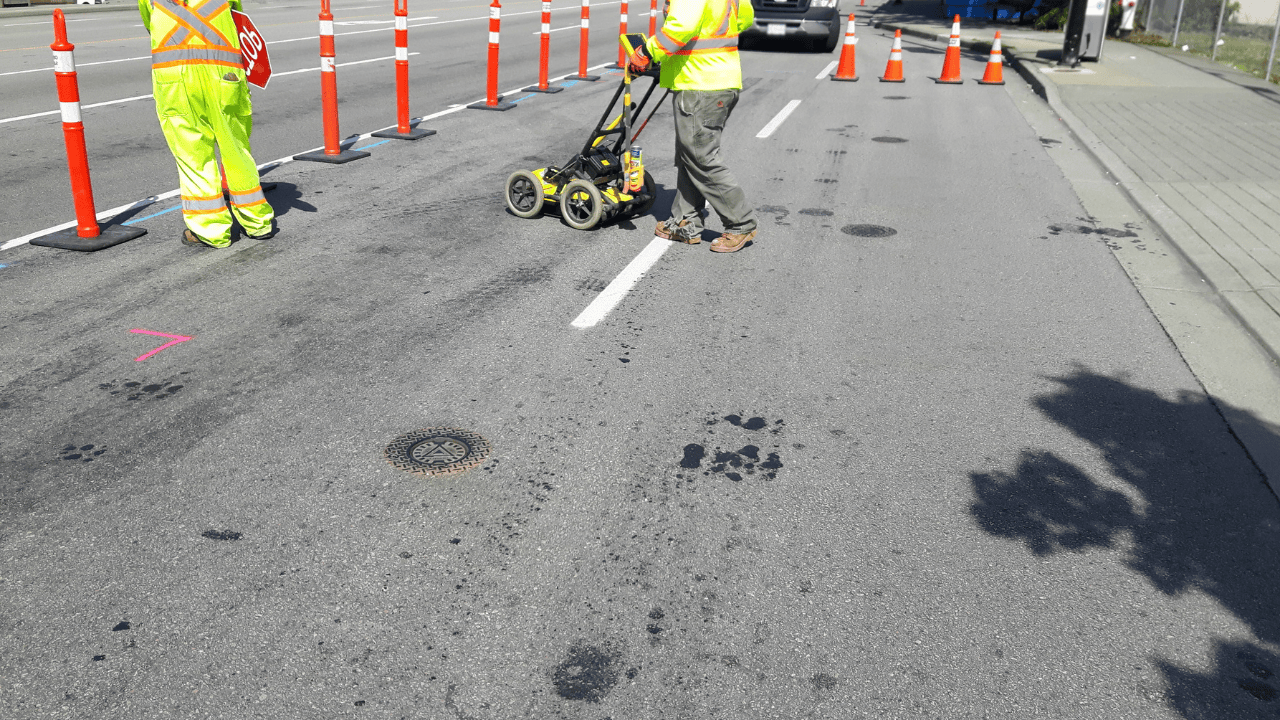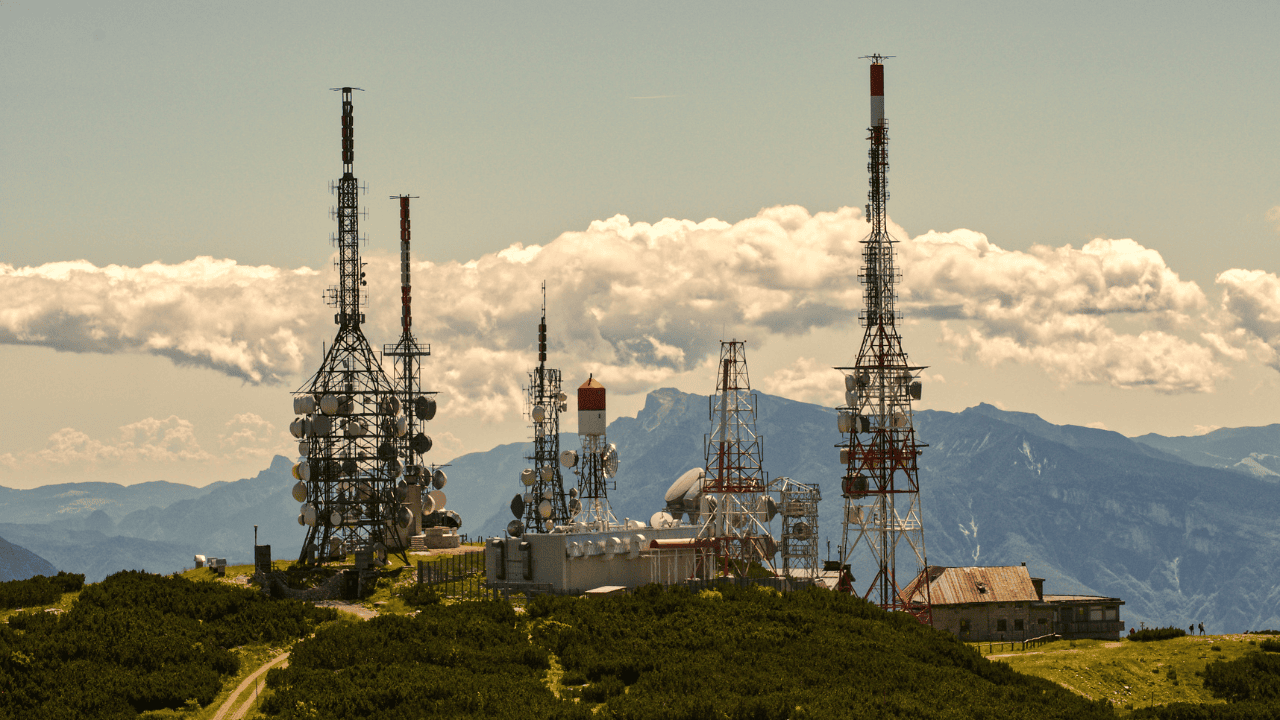Key Takeaways
- Vacuum excavation is a non-destructive method. It uses high-pressure air or water to safely locate underground utilities. This reduces the risk of damage and increases precision.
- This technology benefits many industries, including construction, municipalities, oil and gas, telecommunications, electrical utilities, environmental projects, agriculture, and transportation.
- Hydro Excavation is a popular method of vacuum excavation. It uses high-pressure water to break up soil. It works well in tough conditions, such as frozen ground.
- Vacuum excavation can be adapted for extreme conditions, like frozen soil. Using heated or hot water can help with the digging.
- Unlike conventional digging, vacuum excavation is less disruptive. It disturbs traffic, public spaces, and infrastructure. So, it’s a quicker, cleaner solution.
- The technology ensures precise digging around sensitive utilities. It reduces the risk of accidents and costly repairs.
- Vacuum excavation is a versatile method. It improves safety and efficiency in locating and maintaining utility lines, such as gas, electric, and water.
“Vacuum excavation” may sound complex. But, it’s a smart, non-destructive way to dig and find underground utilities. High-pressure air or water breaks up the soil, which is then vacuumed up.
This method is safer and more precise than traditional digging. It reduces the risk of damaging important utility lines. So, who exactly benefits from vacuum excavation? Let’s understand the industries that are using this technique to get the job done right.
Industries That Benefit From Vacuum Excavation Services
Various industries benefit from vacuum excavation. Its non-invasive nature makes it a valuable tool in any sector requiring precise, low-impact excavation.
Construction Industry
First up is the construction industry. For a new office tower or housing project, it’s vital to know where utilities are buried. Vacuum excavation helps contractors safely expose underground utilities like water lines, electrical cables, and gas lines. This method avoids the risk of hitting utilities. That could cause costly repairs, delays, or accidents.
In construction, time is money, and vacuum excavation saves both. It’s quicker and cleaner than traditional digging methods. It leaves less mess to clean up. Plus, it’s much safer for the crew on-site because there’s less risk of striking an underground utility. It’s no wonder that more construction firms are using utility locating and vacuum excavation to speed up their projects.
Municipalities and Public Works
Cities and towns rely on underground utility-locating services. They need them to maintain and upgrade public infrastructure. Vacuum excavation is a go-to tool for public works teams. They use it to repair water mains and to install new sewer lines. They also use it to upgrade communication networks. It lets them safely dig near sensitive areas without damaging utility lines.
Another huge advantage is the reduced traffic disruption. Traditional digging can leave roads and sidewalks torn up for days or even weeks. However, vacuum excavation is quicker and less invasive. So, streets and public spaces can return to normal faster. For municipalities looking to complete projects efficiently while keeping disruption to a minimum, vacuum excavation is the answer.
Oil and Gas Industry
The oil and gas industry also benefits greatly from vacuum excavation. When drilling for oil or laying pipelines, it is vital to know where the underground utilities are. This helps avoid accidents. Utility locators are often called in to ensure the area is safe before any heavy equipment is brought in.
Vacuum excavation is vital for oil and gas companies. It prevents damage to existing utility lines during their operations. It helps them avoid dangerous leaks or even explosions, making the process much safer for everyone involved. Also, it’s a faster, more efficient method. It lets companies finish projects on time while keeping them safe.
Telecommunications
In today’s connected world, telecommunications infrastructure is more important than ever. Telecom companies are upgrading and expanding fiber optic networks. They must avoid damaging existing utilities when digging new trenches for cables. This is where vacuum excavation shines.
Vacuum excavation lets telecom companies safely expose underground cables. It does so without damaging the cables. It’s useful in cities where space is tight. Utilities are buried close together. Vacuum excavation ensures new fiber optic work won’t damage existing communication lines.
Electrical Utilities
When it comes to maintaining or installing electrical lines, precision is key. Hitting a live power line while digging can cause outages. It also poses safety risks to workers. So, electrical companies use utility locating services and vacuum excavation. They need to know where existing lines are before digging.
Vacuum excavation lets workers safely expose electrical lines. There is no risk of damaging them. This method is also faster and more efficient than traditional digging. So, it means less downtime and quicker repairs or installations. For electrical utility companies, vacuum excavation is a no-brainer.
Environmental Projects
Environmental projects often require a delicate touch. Vacuum excavation lets environmental teams dig without harming the area. It is vital for cleaning contaminated soil and researching underground water sources. It’s a non-invasive way to get the job done while preserving the environment.
For example, traditional digging can spread harmful chemicals on a contaminated site. Vacuum excavation minimizes this risk by carefully removing the soil without disturbing it. Environmental teams rely on this technology to keep their projects safe and efficient.
Agriculture
You may not think of agriculture as related to vacuum excavation. But, farmers and ranchers often deal with underground utilities, like irrigation pipes and water lines. Traditional digging methods can be too aggressive and risk damaging these vital systems. Vacuum excavation lets farmers find and fix utilities safely. It won’t disrupt their crops or livestock.
This method is especially useful in areas with dense soil or rocky ground, where traditional digging methods may not be effective. Farmers who use utility locating services can avoid costly repairs. This keeps their operations running smoothly.
Transportation
The transportation sector, especially railroads and highways, also sees the benefits of vacuum excavation. It’s crucial to know the exact location of underground utilities when doing maintenance or expansions. This avoids service disruptions or accidents. Utility potholing is often used to verify the location of utilities before digging.
Vacuum excavation lets transport teams safely expose utilities. It causes minimal disruption to traffic and rail services. It’s a quick and non-invasive method that helps ensure projects are completed on time and within budget.
The Role of Hydro Excavation
One of the most popular forms of vacuum excavation is Hydro Excavation, which uses high-pressure water to break up soil. This technique is especially useful in areas with difficult soil conditions or even frozen ground. In these cases, traditional digging can be nearly impossible. But, Hydro Excavation gets the job done smoothly.
It’s a precise excavation method. So, it’s ideal where utilities are close together, like gas lines and electrical cables. The high-pressure water breaks up the soil, and a vacuum removes it, ensuring that underground utilities remain intact.
Working in Extreme Conditions
Sometimes, projects need to be completed in harsh environments, like during winter when you’re dealing with frozen soil. In these cases, heated water or hot water can be used with hydro excavation to safely melt and remove the ground.
This is a game changer in colder climates, where traditional digging methods can take much longer and be less effective.
Why Util-Locate is the Best Choice for Vacuum Excavation
At Util-Locate, we provide vacuum excavation and utility locating in California. We serve a wide range of industries. Whether you’re in construction, telecommunications, or agriculture, we’ve got you covered.
Our expert team uses advanced equipment to locate underground utilities. It ensures your project runs smoothly from start to finish. When it comes to precision and safety, you can trust us to get the job done right. Contact Util-Locate today to learn how we can help with your next project!

